About HighZ
The HighZ center is a Focused Investigatory Center (FIC) supported by the Predictive Science Academic Alliance Program (PSAAP), managed by the NNSA Office of Advanced Simulation and Computing (ASC).
Our Faculty Team
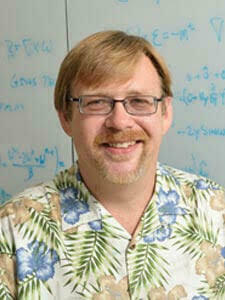
Andrew Christlieb currently serves as the Director of the Center for Hierarchical and Robust Modeling of Non-Equilibrium Transport (CHaRMNET), one of four Department of Energy Mathematical Multifaceted Integrated Capability Centers. In 2001, he received his PhD in Mathematics from the University of Wisconsin. After completing two post-docs at the University of Michigan (one in aerospace and one in mathematics), in 2006 he began his career at Michigan State University. In 2007, He was recognized by the Young Investigator Program (YIP) of the Air Force Office Of Scientific Research. From 2007-2011 he was an Intergovernmental Personnel Act (IPA) with Kirtland Air Force Base. His core research interests are scalable implicit algorithms, high-order structure/asymptotic preserving methods for both kinetic and fluid models, fast integral equations methods, particle methods, blended computing paradigms, and structure-preserving machine learning. His group has been recognized by the National Science Foundation, Air Force Office of Scientific Research, Office of Navel Research, and the Department of Energy for their work on high order methods and novel approaches to multi-scale problems in plasma and material science. Dr. Christlieb has graduated 22 PhD students and mentored 17 post-docs who have gone on to positions in industry, universities and the national labs. He is currently a University Foundation Professor of Mathematics at Michigan State University and from 2015-2021, Dr. Christlieb served as the founding chair of the Department of Computational Mathematics, Science and Engineering at Michigan State University.
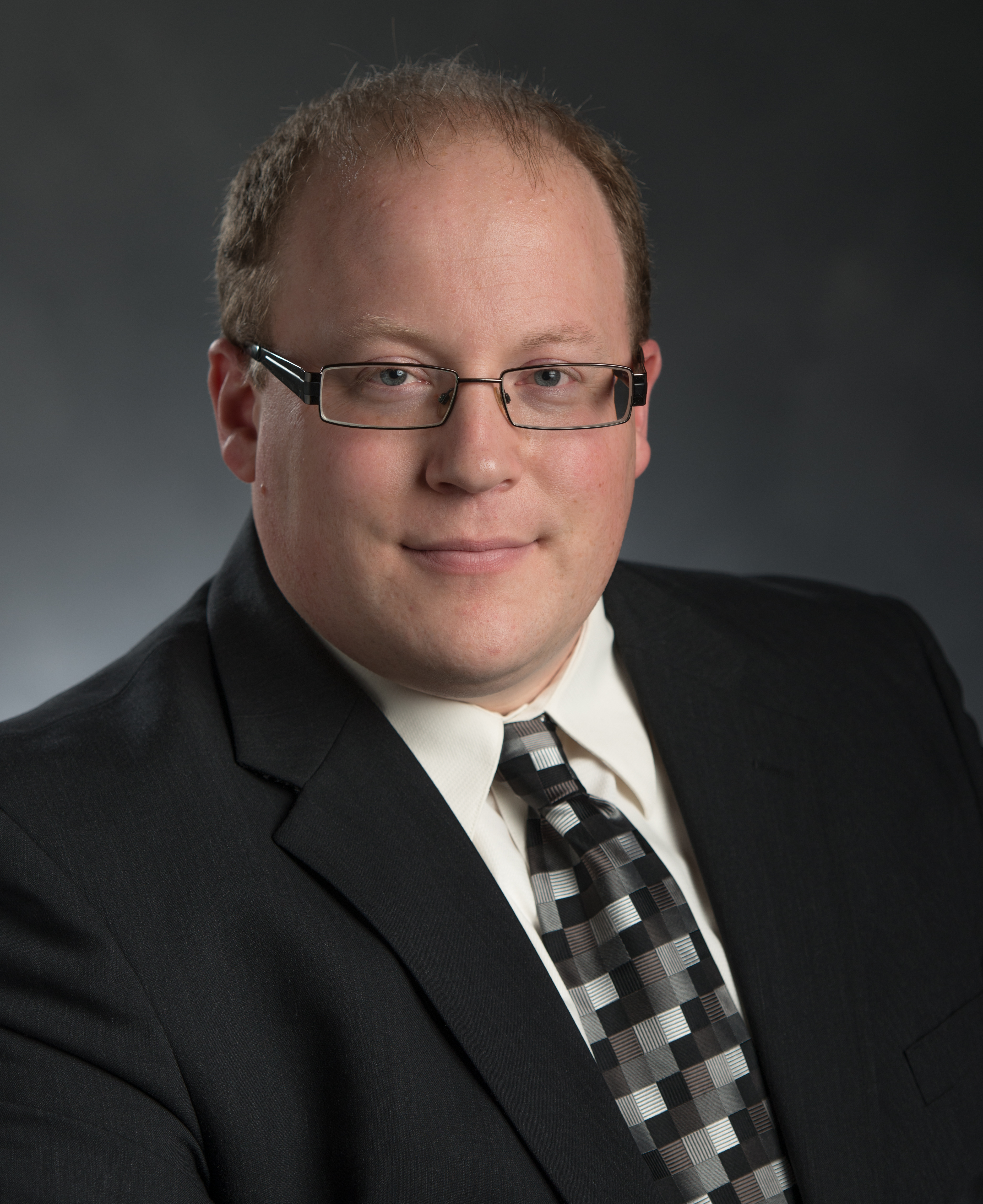
Brian O'Shea is a computational and theoretical astrophysicist studying cosmological structure formation, including galaxy formation, the behavior of the hot, diffuse plasma in the intergalactic medium and within galaxy clusters, and (more recently) terrestrial high energy density plasma physics phenomena. He is also a co-author of several open source software tools including the Enzo, Enzo-E, and Athena-PK codes, an expert in high performance computing, and an advocate for open-source computing and open-source science. He received his B.S. in Engineering Physics at the University of Illinois in Urbana-Champaign (UIUC) in 2000, and his PhD in physics from UIUC in 2005. Following that, he was a Director's Postdoctoral Fellow at Los Alamos National Laboratory, with a joint appointment between the Theoretical Astrophysics Group and the Applied Physics Division. Since 2008, he has been a member of the faculty at Michigan State University, with a joint appointment between the Department of Computational Mathematics, Science, and Engineering (2015-present), the Department of Physics and Astronomy (2008-present), and the National Superconducting Cyclotron Laboratory (2014-present). From 2008-2015, Dr. O'Shea was a member of Lyman Briggs College. He has authored or co-authored over 100 peer-reviewed journal articles in astrophysics, computer science, and education research journals, and has received a variety of awards for his teaching and public outreach efforts. In 2016, he became a Fellow of the American Physical Society, and in 2019 he became the Director of MSU's Institute for Cyber-Enabled Research.
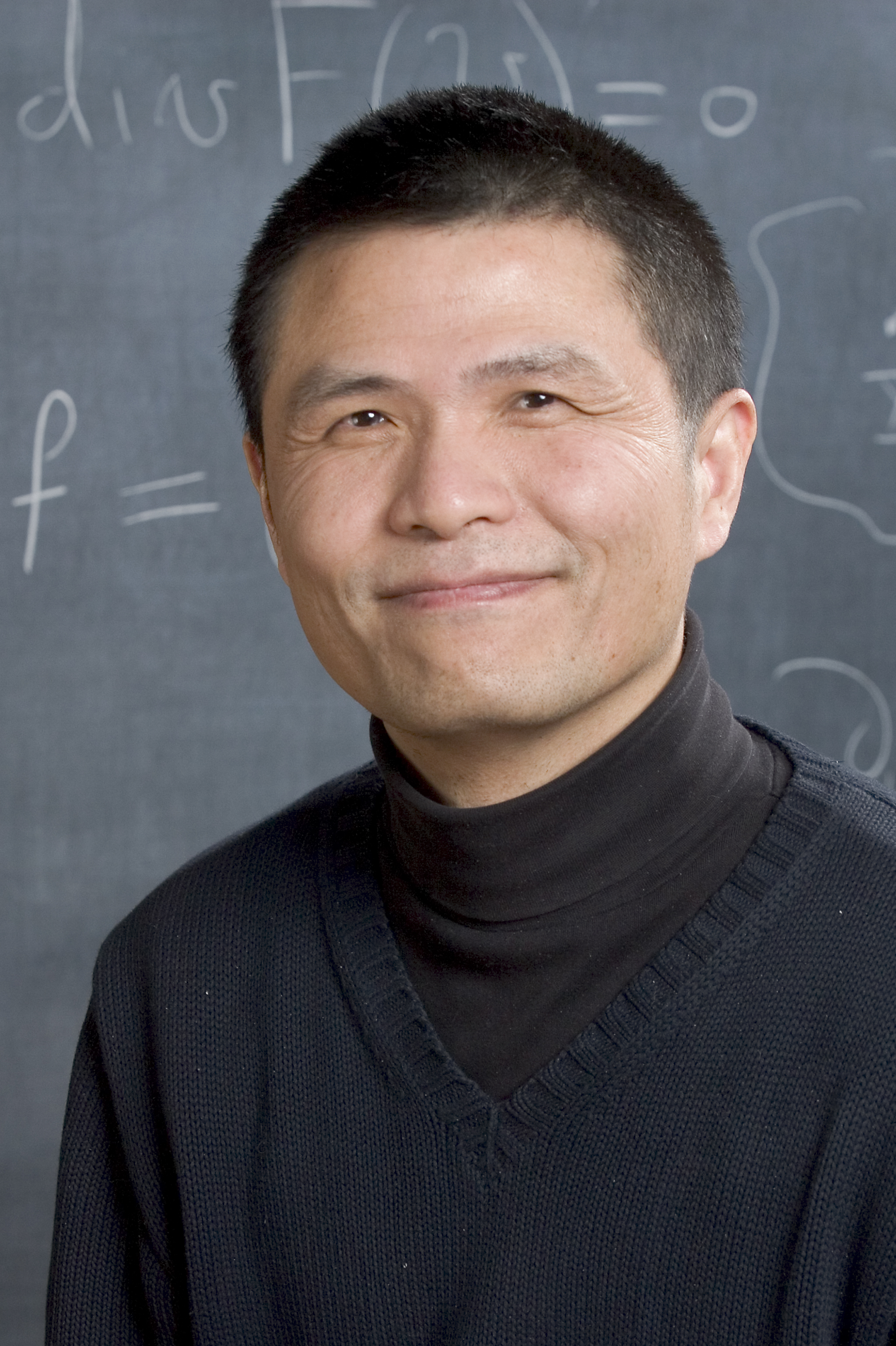
Chi-Wang Shu is the Theodore B. Stowell University Professor of Applied Mathematics and the Chair of the Division of Applied Mathematics at Brown University. His research interest includes high order numerical methods for solving hyperbolic and other convection dominated PDEs, with applications in CFD and other areas. He is the Chief Editor of Journal of Scientific Computing and of Communications on Applied Mathematics and Computation, and serves in the editorial boards of several other journals including Journal of Computational Physics and Communications of the American Mathematical Society. He is a SIAM Fellow, an AMS Fellow and an AWM Fellow, and received the First Feng Kang Prize of Scientific Computing in 1995, the SIAM/ACM Prize in Computational Science and Engineering in 2007, and the SIAM John von Neumann Prize in 2021. He was an invited 45-minute speaker at the International Congress of Mathematicians (ICM) in 2014.
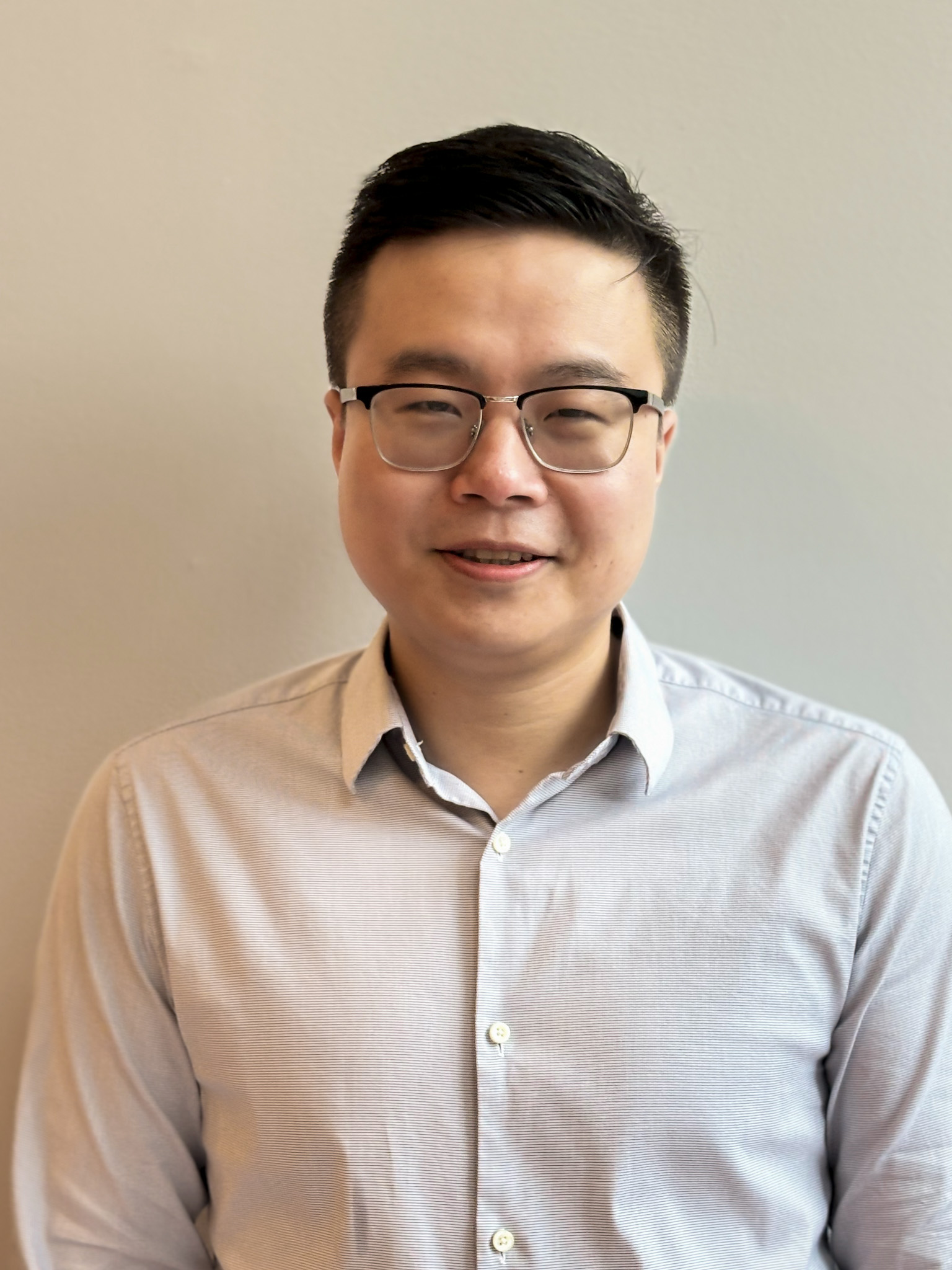
Qi Tang is an assistant professor in School of Computational Science and Engineering at Georgia Institute of Technology. Before joining Georgia Tech in 2024, he was a Staff Scientist in the Applied Mathematics and Plasma Physics Group in the Theoretical Division at Los Alamos National Laboratory. He received his PhD in applied math from Michigan State University in 2015 and BS in math & applied math from Zhejiang University in 2010. Between 2015 and 2018 he was the Eliza Ricketts Foundation Postdoctoral Fellow at Rensselaer Polytechnic Institute. His research interests include: MHD, kinetic modeling, scalable numerical algorithms, multi-physics and multi-scale problems, and scientific machine learning.
Program Coordinator
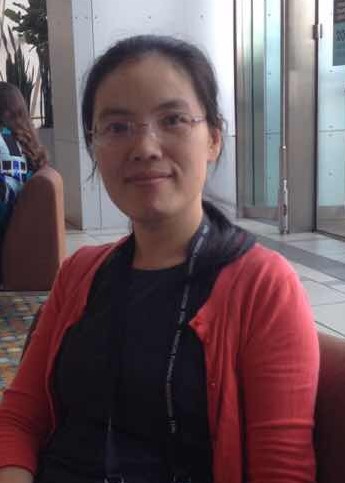
Yanrui Ma serves as the program coordinator at Michigan State Unviersity, supporting multiple large-scale federal funded research centers and programs, including the DoE funded MMICC center "Hierarchical and Robust Modeling of Non-Equilibrium Transport (CHaRMNET)", the AROSR funded MURI center "Tensor Approaches for Simulating Kinetic Systems", the NSF funded NRT program "Harnessing the data revolution (HDR) to enable predictive multi-scale modeling across STEM (AIDMM-NRT@MSU)" and the PSAAP-FIC center "High Order Plasma Turbulence Modeling for Z-Pinch (HighZ)". She earned her PhD in Polymer Material Science from the University of Akron in 2014 and an MBA degree from the Unviersity of Tennessee in 2017.
PostDoc
Coming Soon
Graduate Students
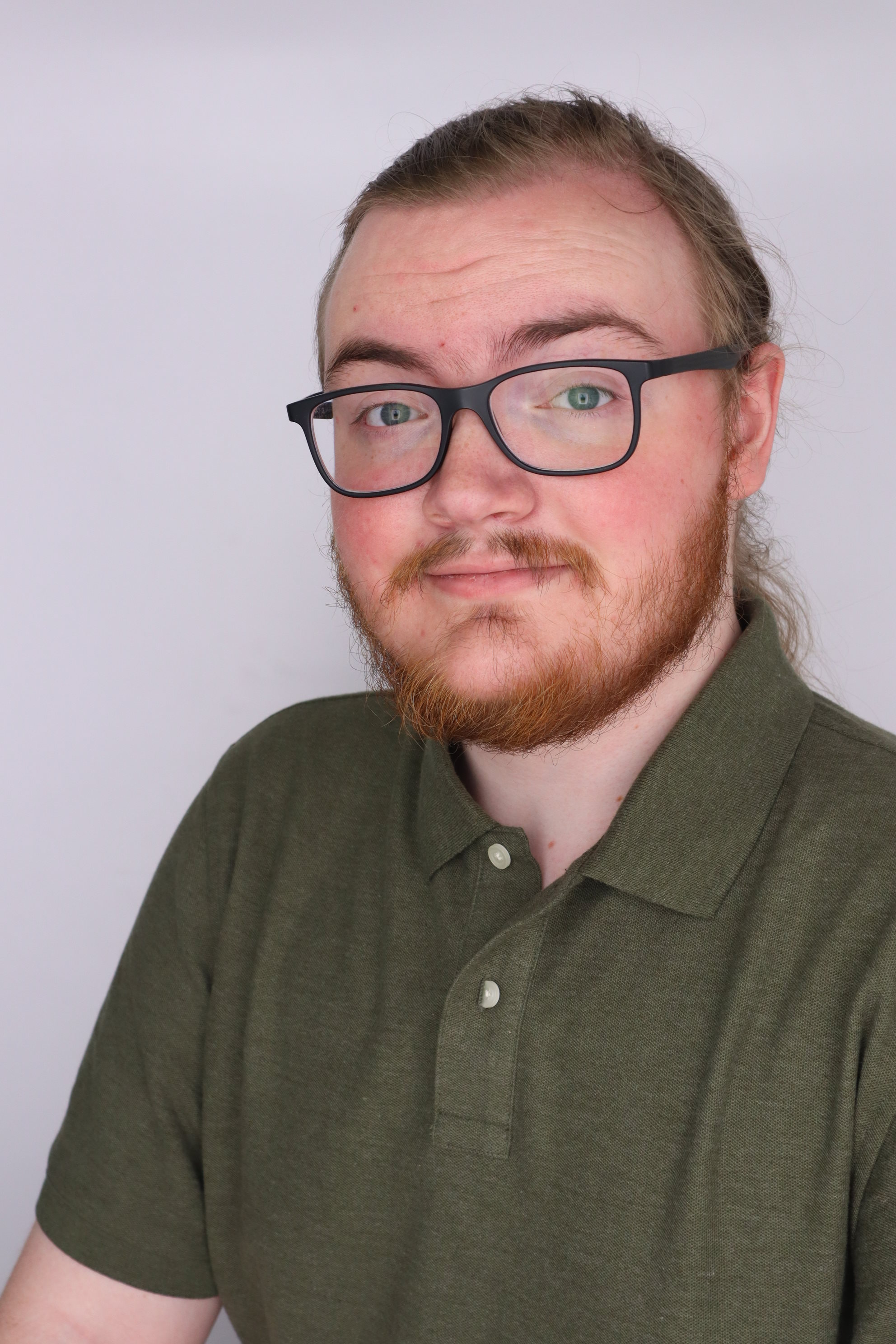
Tom Behling is a graduate student at Michigan State University. Tom's research focuses on simulations of turbulent plasma, and their applications to astrophysical systems.
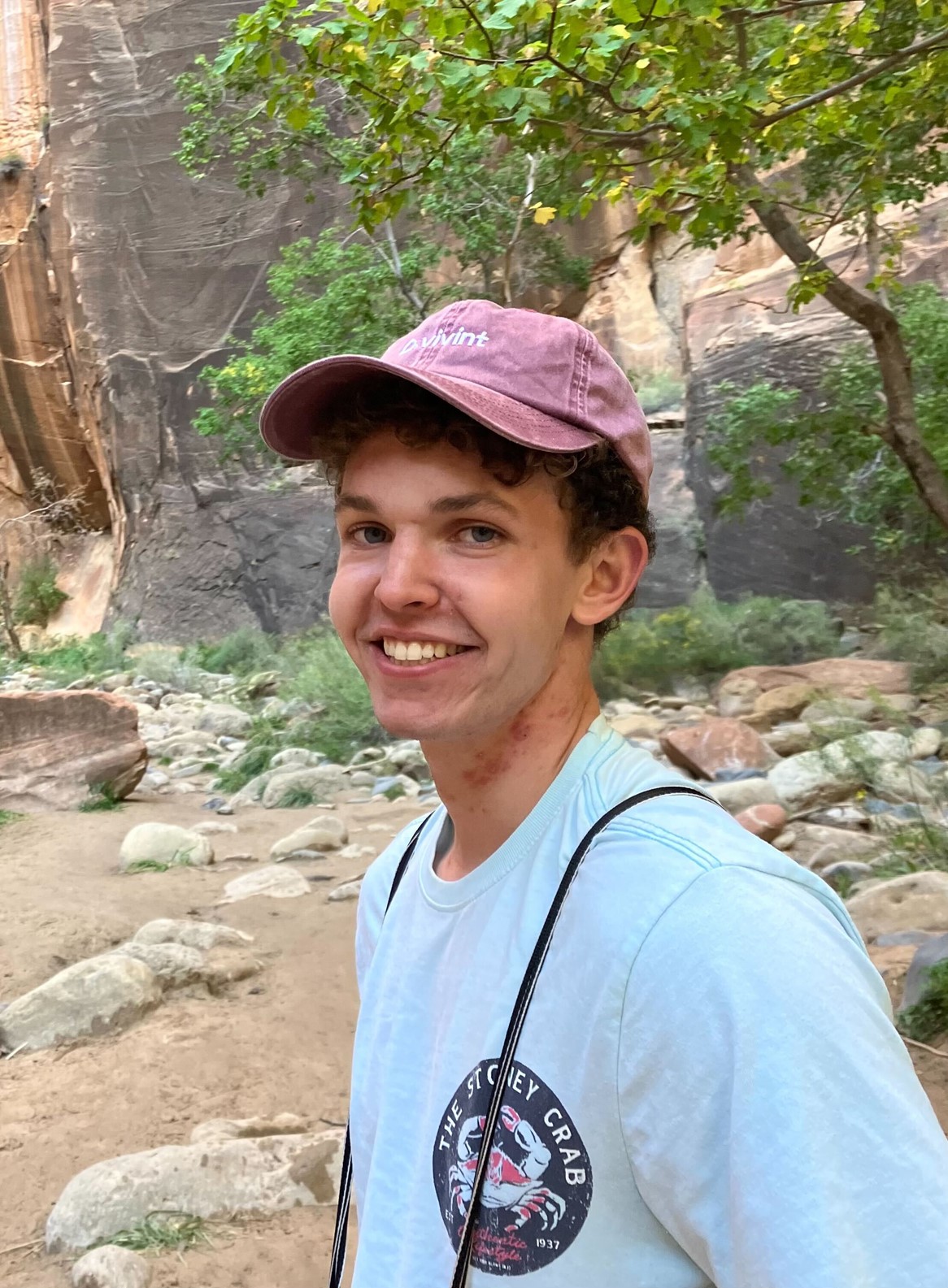
Tage Burnett is a Computational Science & Engineering PhD student at Georgia Institute of Technology. He received his BS in mechanical engineering from Brigham Young University in 2025. He has held multiple internship positions at Sandia National Laboratories. Tage’s research interests include high order numerical methods, computational plasma physics, reduced order modeling, scientific machine learning, and multiscale modeling.
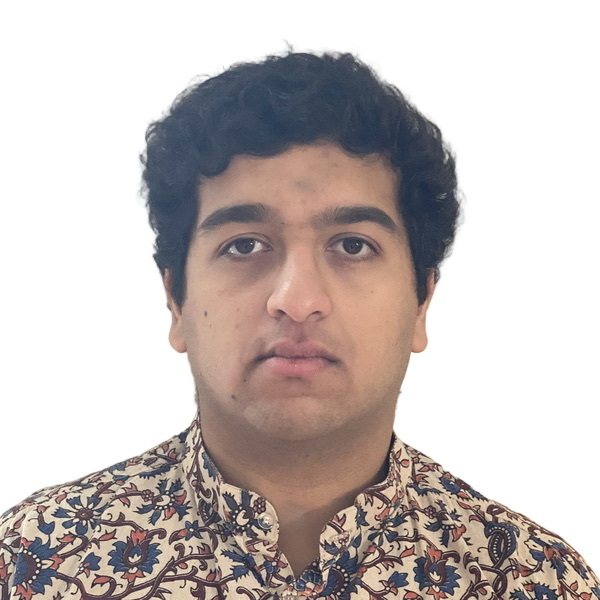
Harshavardhan Harish is a Ph.D. student in Computational Science and Engineering at Georgia Institute of Technology. He received his B.S. in Mathematics at the University of Texas at Austin in 2025. His research interests include scientific & probabilistic machine learning, high-performance computing, optimization, multi-physics and multi-fidelity problems, and generative modeling.
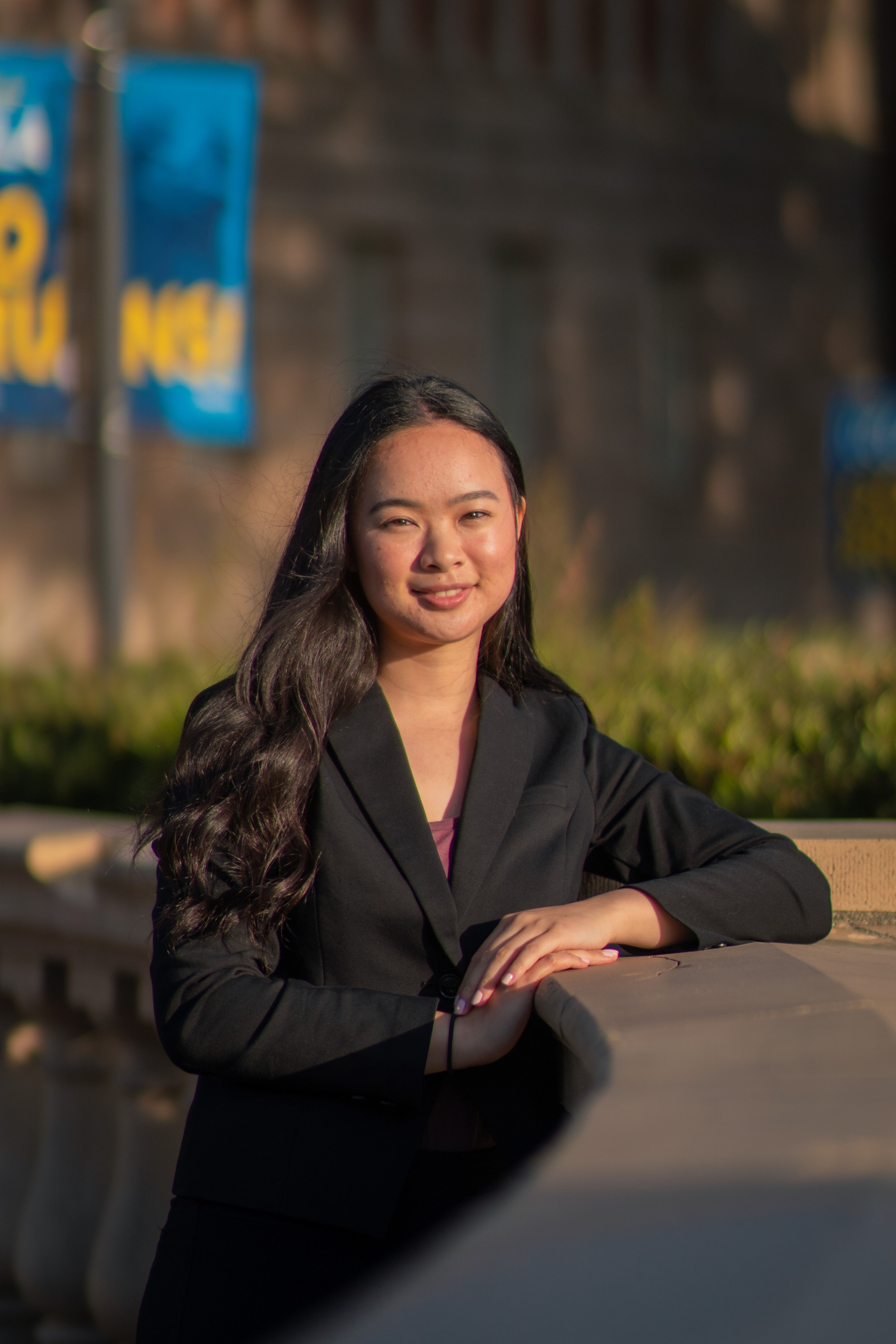
Christine Tseng is a graduate student at Brown University. Christine's research is in scientific computing and numerical analysis for computational fluid dynamics.
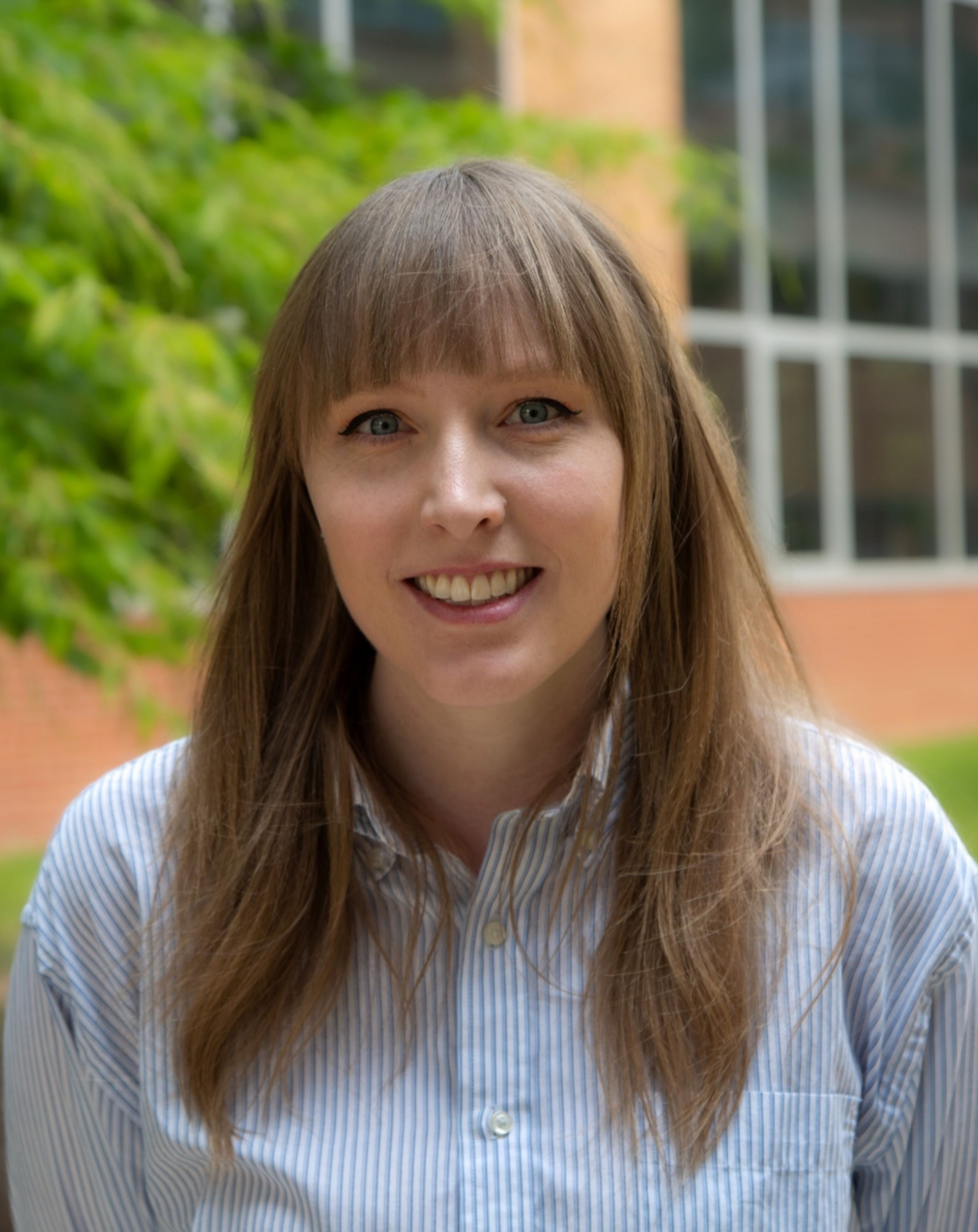
Carolyn Wendeln is a graduate student at Michigan State University. Carolyn's research focuses on developing high order numerical methods for studying energy transfer in magnetohydrodynamic turbulence.